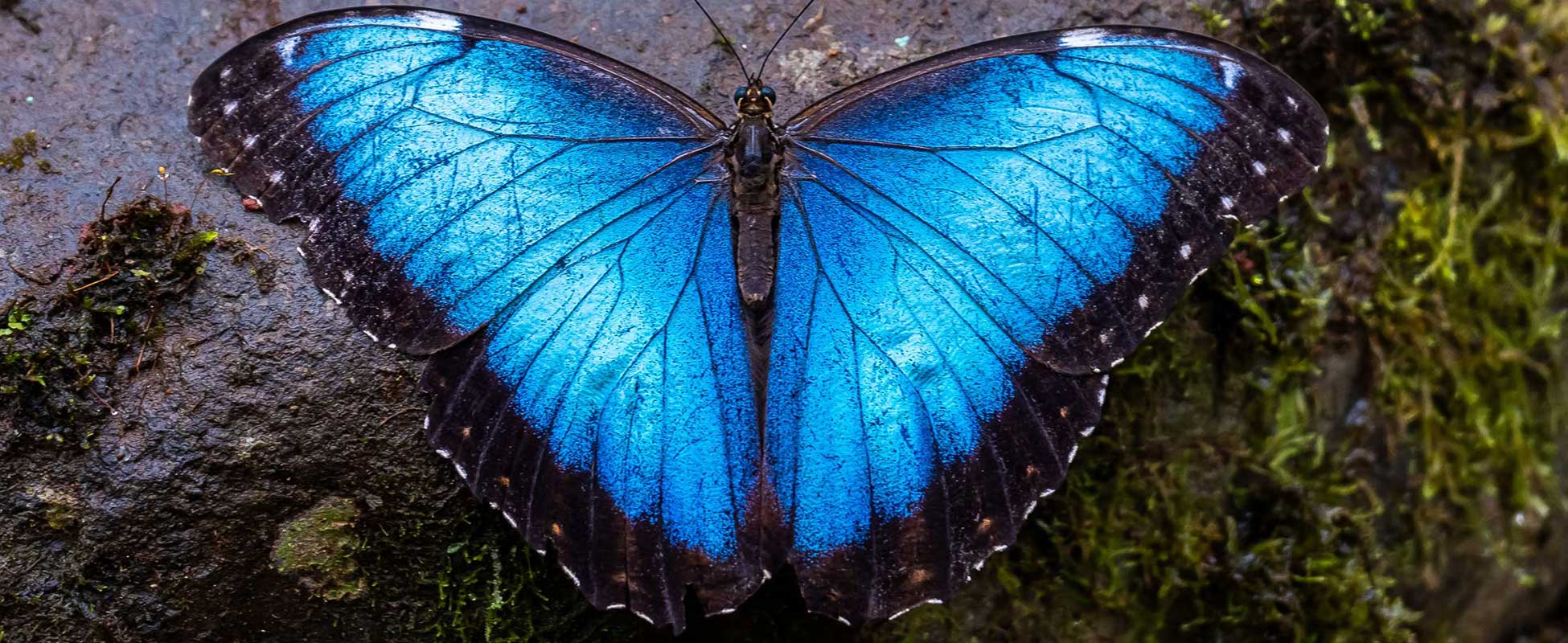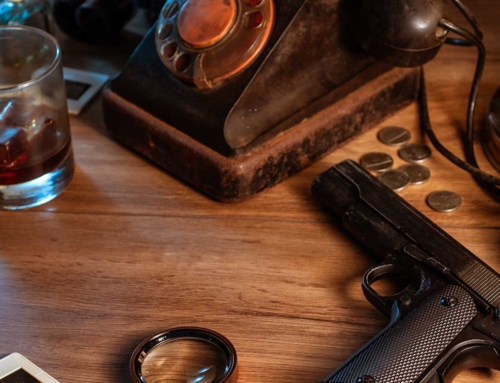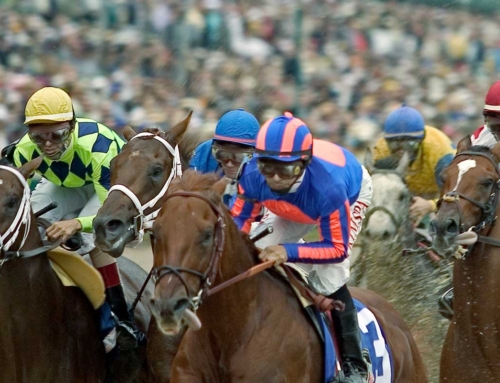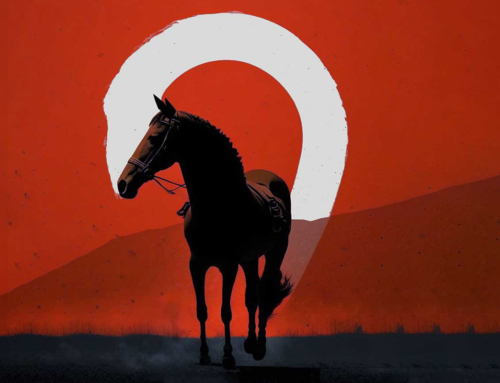
Attracting Butterflies to Your Garden
Fluttering to and Fro
American poet Emily Dickinson loved her garden at her homestead in Amherst, Massachusetts. The butterflies she watched waggling from flower to flower were a constant inspiration for her acclaimed work as a writer.
“I was reared in the garden, you know.” Emily Dickinson was quoted as saying to her friend Louise Norcross.
Along with birds, flowers, and bees, her fondness for butterflies was a favorite topic to think about and write about. In her poems, butterflies profoundly represent the wonder of life and death. The beautiful, mysterious, winged creatures’ imagery represents spiritual rebirth, transformation, change, and hope.
From the Poem “The Chrysalis”
My cocoon tightens, colors tease,
I’m feeling for the air;
A dim capacity for wings
Degrades the dress I wear.
A power of butterfly must be
The aptitude to fly,
Meadows of majesty concedes
And easy sweeps of sky.
So I must baffle at the hint
And cipher at the sign,
And make much blunder, if at last
I take the clew divine.
Emily Dickinson – 1830-1886
You too can share in Emily Dickinson’s enjoyment of having butterflies fluttering to and fro in your yard. Whether big or small, any butterfly-friendly garden has one common denominator—providing food for butterflies to encourage their population growth.
Like hummingbirds and bees, adult butterflies are attracted to the nectar in flowers. Among Dickinson’s favorite perennials to draw the delicate pollinators were the gentian, the crown imperial, the hardy geranium, and Greville roses.
If you love butterflies or at least enjoy seeing them, there’s no reason not to integrate some butterfly-friendly plants into your garden this summer. Plus, doing so could really pay off at the end of the growing season, when the butterflies in your garden need to lay their eggs. Giving them a place to do that is also beneficial to you, and it won’t take much work on your part—just a few thoughtful planning decisions.
Plant type and color are essential to lure butterflies to your garden. Red, yellow, orange, pink, and purple blossoms in bright hues, that are flat-topped or clustered, with short flower tubes attract butterflies. Plants that produce nectar are sun-loving and should receive full sun from mid-morning until mid-afternoon.
By providing food and shelter in every stage of their life cycle, you can create a flourishing ecosystem that keeps the butterfly population growing.
From the Poem “Two Butterflies went out at Noon”
Two Butterflies went out at Noon—
And waltzed above a Farm—
Then stepped straight through the Firmament
And rested on a Beam—
And then—together bore away
Upon a shining Sea—
Though never yet, in any Port—
Their coming mentioned—be—
If spoken by the distant Bird—
If met in Ether Sea
By Frigate, or by Merchantman—
No notice—was—to me—
Emily Dickinson – 1830-1886
Here’s a sampling of basic steps to get you started on your plan for a garden that is an inviting habitat for butterflies.
- Planning a butterfly-friendly garden does not diminish your options for beautiful and colorful flowers. Though keep in mind that showy “double flowers” are not optimal nectar producers.
- Clusters of bright colors are easy for butterflies to spot when flying.
- Grouping flowers of similar colors together is attractive to butterflies.
- Multiple-floret flowers produce abundant nectar and are ideal for your butterfly-friendly garden.
- A homemade feeder will complement the garden’s flower nectar.
- Keep your yard free of broad-spectrum pesticides.
- Use annuals and perennials in your garden so that there’s a variety of flowers in full bloom throughout the entire growing season producing nectar.
- Butterflies love herbs. Popular herbs to consider are chives, lavender, parsley, dill, and fennel.
- Spearmint, another herb, produces enticing nectar for butterflies. But keep mint confined to a container since planted directly in garden soil, mint can spread readily, overwhelming other plants.
- To create a natural insecticide spray, fill a spray bottle with a mix of three cups of water and one cup of apple cider vinegar with a couple of drops of organic dish soap.
- Providing plants that promote the population of butterflies and keep them thriving can be trying for a gardener. You may have to deal with some destruction from caterpillars that eat your dill and parsley, such as black swallowtail caterpillars.
- A small birdbath will help provide water.
- Pink Joe-Pye weed, ironweed, yellow and purple coneflowers, goldenrod, and brightly-hued asters are nectar-filled favorites for butterflies. Others are yellow sunflowers, purple verbena, yellow Black-eyed Susan, and scarlet bee balm, which are not only attractors but provide great color in your garden.
In the suspense thriller novel Last Flower, butterflies play a unique role with Leslie Parker and other characters.
Excerpt from Last Flower: A Suspense Thriller Novel. © Reprinted by permission. All rights reserved.
Leslie’s hand waving turned to applause when Henry flashed her a bodacious smile then took a bow with opening-night, curtain-call aplomb.
“Does he still make believe … using a soda can for a cell?” Caroline asked.
“Throat lozenges tin now. Upgraded to a smartphone.”
“Well, he’s one up on you. How’s his butterfly herding going? Playing a harmonica to chase them back to the flowers.”
“He wants them to be happy and fulfilled. What’s wrong with that?”
“Is he still talking to the heavens? To find out if his imaginary friend, the captain, is happy too?”
“It’s commander, and yeah, but it’s all harmless. He’s really improving. Bumped into his social worker the other day in the park when I was walking Oscar. She mentioned Henry’s complicated, intelligent, and, in lieu of a better label, a functional marginal schizophrenic.”
“Aren’t we all,” Caroline said.
“Yeah, for sure. I’ve been dueling with TinkerHell lately.”
Caroline fluttered her hands hypnotically in front of Leslie’s face. “Mademoiselle, partake too much of the green spirit Absinthe at the follies?”
Butterfly conservation is of paramount importance to our world. Many other creatures benefit when we create gardens for butterflies. Butterflies, like bees and other invertebrates, contribute to pollination. As part of the food chain, they provide subsistence for birds, bats, and other animals. There has been a rapid decline in biodiversity in the butterfly population. Around the world, many butterfly species have gone extinct in the past one hundred years due to urbanization. The remaining species are in decline. Our job as gardeners is to help tackle the biodiversity crisis and protect the butterflies playing a vital role in the natural ecosystem.
For in-depth information on all aspects of butterfly conservation, please visit The North American Butterfly Association (NABA) website. Also, consider working with a local butterfly garden association to get up to speed fast. They have gardens that appeal to all the different types of butterflies in your area, and they have all the information you will need to help you create your butterfly garden. In addition, many will help you with planning, seed selection, and the entire design of your space.
Butterflies are beautiful creatures to watch as they flutter from one flower to another. In the garden, they bring a visually pleasing element with their antics and color. By adding butterfly-friendly gardening to your hobby, you can support the natural environment and enjoy these beautiful creatures as they do their thing.





















